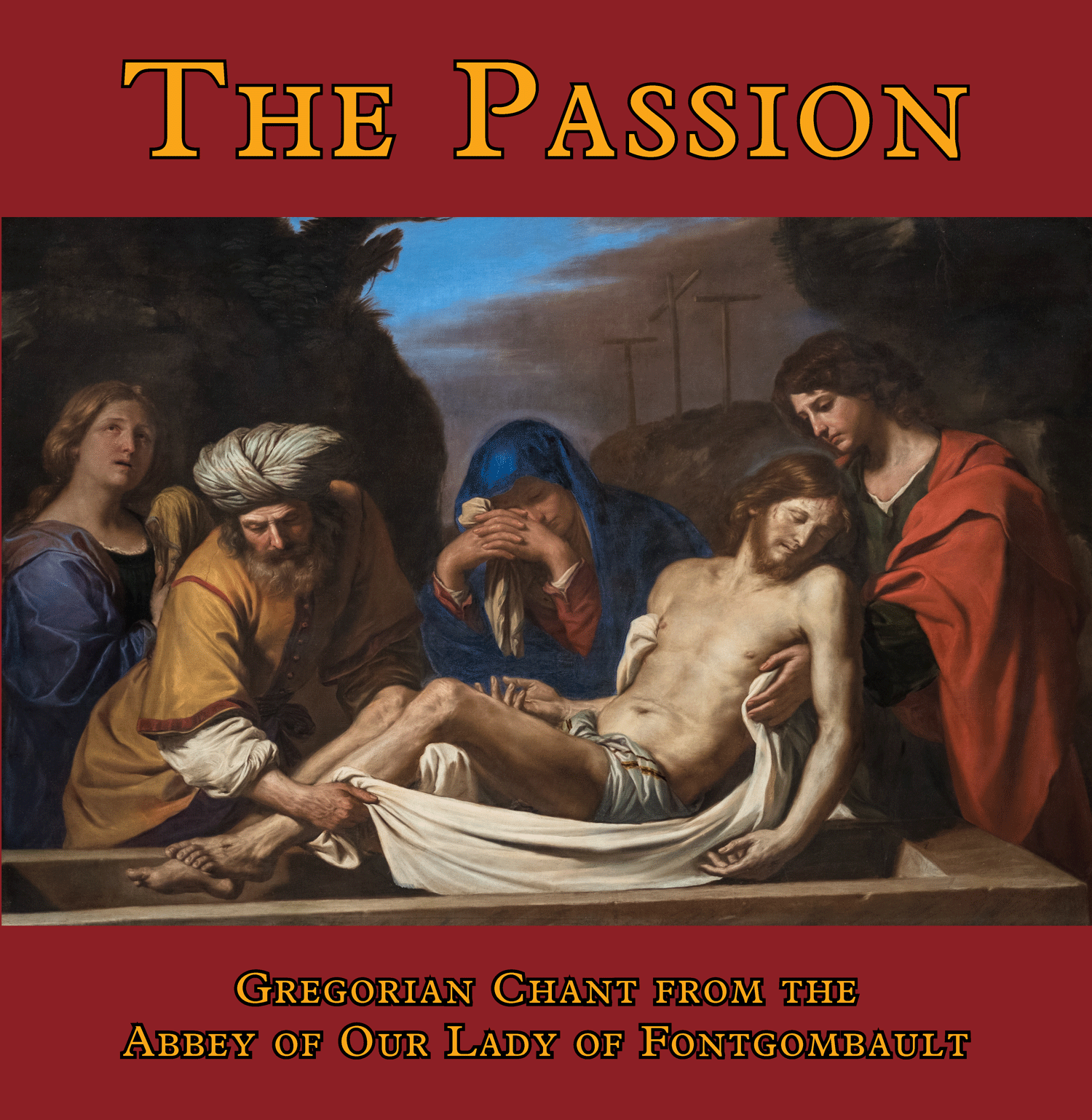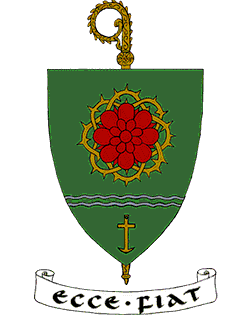Dear Brothers and Sisters in Christ,
My Very Dear Sons,
Listen to how Holy Mother Church speaks about the Blessed Virgin Mary in her Immaculate Conception. “Thou art all fair, Mary, and the original stain is not in thee” (1st antiphon of Lauds). “Thy garments are white as snow, and thy face is as the sun” (2nd antiphon). This is the language of a nobler love, the expression of an admiration that stretches beyond the common human measure. We find here a model for our own prayers to Mary.
“Thou art all fair.” Not just fair, but entirely so. This is not of earth, but of the perfection of Heaven. This is not the passing beauty that today is and tomorrow already begins to wither. Sin is the hidden principle of all that is ugly, for it introduces death into the world. The Blessed Virgin passed through death in order to be more like her Son, but death had no rights over her. Its hideous blackness was not able to tarnish in the least way her perfect comeliness. Nothing evil is allowed to touch this immaculate whiteness.
“Thy garments are white as snow.” Even those things that are not part of Mary’s own being are immaculate: her very clothes. This could not have been the case during Our Lady’s earthly pilgrimage. She must have washed clothes like everyone else. But in the sight of God, now in Heaven, her garments are entirely woven of light by the Holy Spirit. No imperfection could blemish even these exterior adornments. Not only are the body and soul of the Blessed Virgin spotless, but her clothes, being of a fabric not of this world, possess a whiteness not of this creation: they are white as snow of Paradise.
“Thy face is as the sun.” Now the human face is the mirror of the soul. This soul is immaculate, having never been marred by sin. If the splendor of that face had not been hidden on earth, it would have blinded the onlookers. Mary’s face is a perfect icon, resembling very closely the Face of Christ Himself, who had no other earthly parent but the Immaculate one. But this face is also a most humble icon that does not seek admirers, but rather redirects the gaze of admirers toward the Creator. Our Lady’s face now radiates immaculate brightness in Heaven, even though it remains veiled to us. When will we be allowed to contemplate it?
What else does the holy liturgy sing to us about the Immaculate Virgin? Mary is the new and perfect Judith, who has slain Holofernes, that is to say the devil, not with a sword, but with her immaculate foot. She is the glory of Jerusalem, the joy of Israel, the honor of the people of God (3rd antiphon). How truly do the words of the Canticle of Canticles ring true in her: “She cometh forth as the dawn, fair as the moon, bright as the sun, terrible as an army in battle array” (6:9). Victory belongs to God, in His Son, Christ the King, but it pleases the Father to perfect this victory through the humility of His handmaid, who thus plays her own very real role in the battle between Heaven and hell.
“Blessed art thou, O Virgin Mary, by the Lord the Most High God, above all women upon the earth” (4th antiphon). At the moment of the Visitation, Saint Elizabeth echoed the voice of Holy Scripture, when she recognized the unique vocation of her young cousin as being the most blessed of women. Mary is truly the new Eve, who unties, as Saint Irenaeus says, the knot that Eve tied upon us all. Its enemies have said that the Catholic Church puts Mary on a pedestal, while humiliating all other women. The simple fact is that in Mary, Virgin and Mother, the calling of women is ennobled as in no other religious creed or culture. She is not jealous of her glory, but shares it with whomever would flock to her side. In Mary is most perfectly expressed what is means to be a woman.
“Draw us, O Virgin Immaculate; we will run after thee to the fragrance of thy ointments” (5th antiphon). In its praise of the Immaculate Virgin, the Church wants to encourage us to action. It has us pray to Mary in such a way as to make us understand that we can really join her side of the great battle and participate somehow in her immaculate grace. This is what transforms homes and towns and entire nations. It is goodness, the Good, that draws us, sets us to work for the building of the Kingdom of Heaven. God alone is good, as the Savior taught us, but if God is absolute goodness, the fountain of goodness, Mary is the first pool of goodness into which the waters of grace, issued from the fountain, are gathered, and from which they flows down upon the world. Taking inspiration from the Immaculate Virgin, the Church will go forward with dauntless courage to effectuate the much-needed New Evangelization that recent popes have called for with such energy. In his Apostolic Exhortation Pope Francis writes:
We ask the Mother of the living Gospel to intercede that this invitation to a new phase of evangelization will be accepted by the entire ecclesial community. Mary is the woman of faith, who lives and advances in faith, and “her exceptional pilgrimage of faith represents a constant point of reference for the Church”. Mary let herself be guided by the Holy Spirit on a journey of faith towards a destiny of service and fruitfulness. Today we look to her and ask her to help us proclaim the message of salvation to all and to enable new disciples to become evangelizers in turn. (Evangelii Gaudium, n. 289)
But Our Lady does not merely draw us to action here below. Above all she draws us to a life that is beyond the horizons of this world, the one we hope for, even when we have difficulty believing and hoping. She draws us to prayer and to a deepening relationship with God, through Christ and His Church. And when a soul has really sensed something of the incomparable fragrance of these heavenly things, it begins not only to walk, but to run. Our Blessed Father Saint Benedict says something similar, referring to the path of monastic life (Prologue):
But if anything be somewhat strictly laid down, according to the dictates of equity, for the amendment of vices or the preservation of charity, do not therefore fly in dismay from the way of salvation, whose beginning cannot but be narrow. But as we go forward in our life and faith, we shall with hearts enlarged and unspeakable sweetness of love run in the way of God’s commandments.
On this day that marks the end of the Year of Saint Joseph, amid the ongoing threats of a strange disease and of increasing religious persecution, may Our Lady, the Immaculate Conception, Mother of God, together with her earthly spouse, teach us all, monks and laity alike, to run in her immaculate tracks this race to the Kingdom. Amen. Alleluia.




